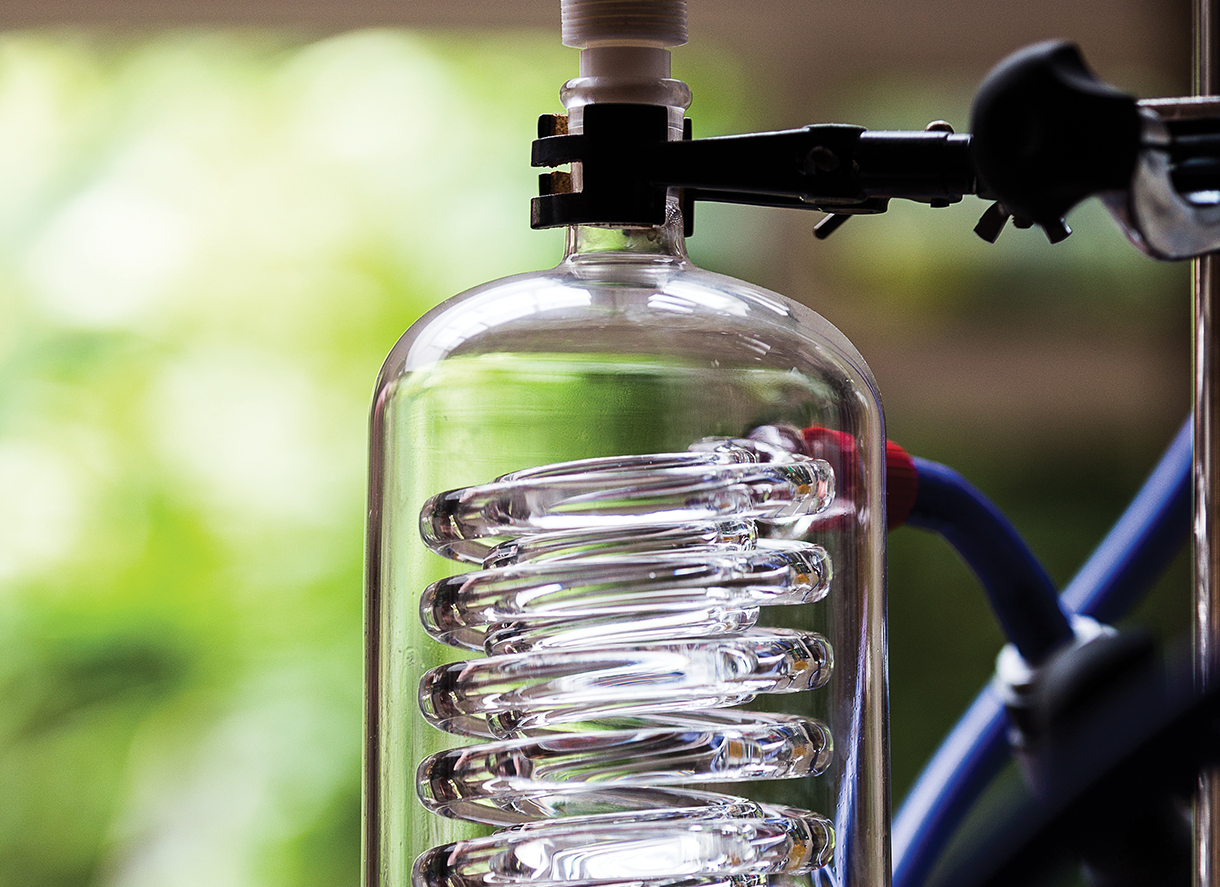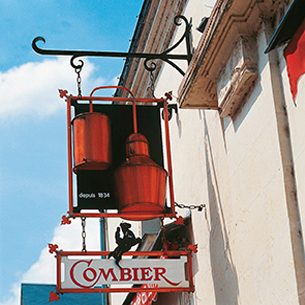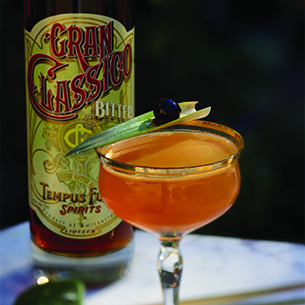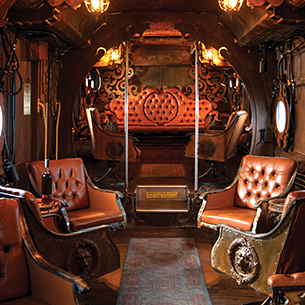
We’ll Drink to That!
Bringing back popular vintage liquors via modern science.
London’s Highgate Village is known for two things: pubs and death. The park-like cemetery there is crammed with headstones of notables like Karl Marx, George Eliot, Christina Rossetti, and, more recently, George Michael. In the 18th century, Highgate’s main drag was the key artery north from London; dozens of pubs sprang up along it as a result, catering to hard-drinking heavy traffic that once clogged the toll road. They’re still there, busy as ever, even if the traffic has eased.
A six-bedroom house just off that main street is the headquarters for Sacred Spirits (sacredgin.com), where Ian Hart and his wife Hilary Whitney run a gin-soaked, Jurassic Park–type science lab for conjuring expired drink. From the remains of long-dead liquors (the kind that bartenders and cocktail purists crave a chance to sample), they use science (and a little magic) to bring them back to life.
The need for such powers is gaining momentum across the globe, as the craft cocktail movement ups the ante for the next attention-getting ingredient. Cognac made from grapes grown on pre-phylloxera vines; Southern Comfort, whose classic recipe was far less sweet than its cloying contemporary version.
New Orleans–born Ted Breaux has been working on reproducing classic absinthe recipes, complete with semi-toxic ingredients like thujone, via his company Jade Liqueurs (bestabsinthe.com). Several firms, including Germany’s The Bitter Truth (the-bitter-truth.com) and California-based Tempus Fugit Spirits (tempusfugitspirits.com), have launched replica bitters. Though Angostura now dominates, there were once dozens of tinctures, like Boker’s, used in the original recipe for what’s now the martini.
Hart has a certain martini on his mind, one that is shaken, not stirred. Tall and self-effacing, the scientist is visibly excited when he begins talking about the alchemy of alcohol, standing in his mad science lab among vats and tubes with liquids bubbling ominously. He studied natural sciences and business before logging a stint on Wall Street. Ten years ago, after a career hiccup, he began road testing a gin with the habitués of his local pub, The Wrestlers. The Highgate community’s enthusiasm led him to launch the brew commercially, under the Sacred banner. Now he’s taking on Kina Lillet—arguably bartending’s Holy Grail and as famous as an ingredient in James Bond’s Vesper Martini.
When a vintage dealer offered him three specimens of the original Kina Lillet, Hart snapped them up on the spot. “Kina Lillet is a cultural icon: it’s a cross between a little bit of real history and a little bit of fiction,” he explains. “I had to take the bottles all off the market, because I knew specifically what I wanted to do.”




His process was painstaking but simple. He filled a small chamber with carbon dioxide where he opened the bottles to sub-decant them into 7-ounce flasks. The unoxidized liquid was a time-warped Kina Lillet that Hart began tasting and blending with his own vermouth recipe at the base. “I’m noticing mouthfeel, estimating the sugar and orange peel content to make up comparative samples,” he explains. After weeks of comparing and contrasting, Hart landed on a version that best aped Kina Lillet and he debuted it at Duke’s—the hotel bar where Ian Fleming himself used to knock back martinis. He hopes to coincide the commercial launch of the drink with the release of the next James Bond movie.
In comparison to the contemplative, rather shy Hart, Bryan Davis has taken the revival of long-dead liquor to an eccentric extreme. Four years ago, his company Lost Spirits (lostspirits.net) in Los Angeles developed a new method of rapidly maturing spirits, making headlines with the claim that it could replicate in a week the chemical reactions that happen in barrels over the course of years. The company now owns the patent for that process and is under confidentiality agreements with most major distilleries to develop new products. “It’s the request I most often get: Can you clone something that forms between 3 and 5 percent of the blend, but represents 50 percent of the cost?” he says.
Lost Spirits produces whiskey and rum under its own brand (using the patented rapid maturation technique), but Davis has been on a mission to recreate old rums like J. Wray & Nephew 17-year-old (used in the recipe for the original Mai Tai just after World War II). He did better reviving the Massachusetts-made spirit Medford Rum (made famous by Paul Revere, as it purportedly powered him through his epic ride in 1775). There were countless challenges to the process, from finding the exact same yeast (requiring a field trip to Medford to collect samples in situ) to sourcing the right wood for aging. The latter challenge proved the most insurmountable, as American chestnut, once commonplace and so the default material for rum barrels, was largely wiped out by blight in the early 20th century and is now a critically endangered species. Then the Lost Spirits boffins found a tree that had died and been felled. “We sent one of our scientists in a U-Haul with a chain saw, and he came back with 6,000 pounds of wood,” he says. “It was CSI: Horticulture.” Unfortunately, when they examined the wood in their organic chemistry lab, it proved unusable.
Sacred Spirits, in turn, is planning to move and expand, hopefully to the historic High Street. There, the couple will host distillery visits, gin-blending sessions, and cocktail masterclasses while working on Sacred Spirits’ own line, as well as more curiosities still to be rediscovered.




